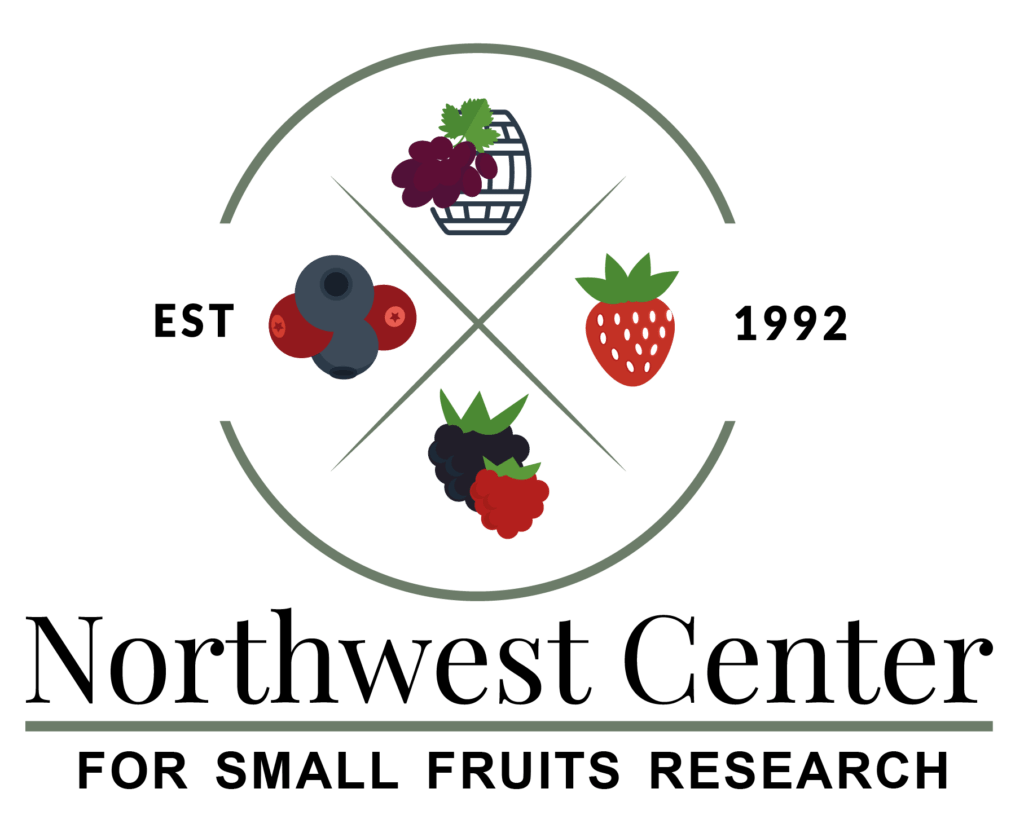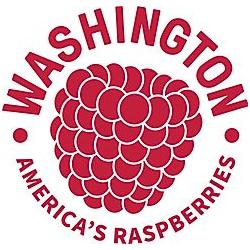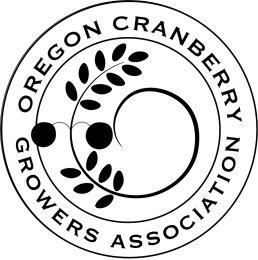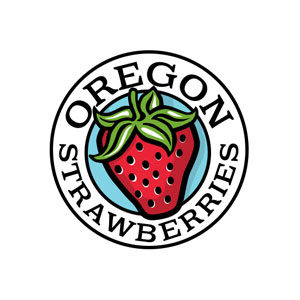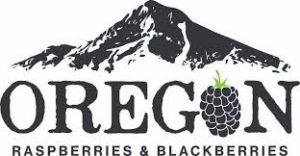It takes a village: Understanding barriers to regional cooperatives for pest and disease management
- Research Status: Project completed 2022

Walt Mahaffee
Sarah Lowder



An individual grower’s response to pests and diseases in their vineyard can have consequences for an entire growing region. Collective action strategies can help align disease responses to achieve better regional control.
However, the ways in which we identify, approach, and address farm manager opinions regarding any cooperative management efforts can influence the success of collective action strategies. A Q-method survey was conducted to investigate the adoption obstacles to regionally collective actions to manage vineyard pests. Qualitative information from grape producers (n = 17) from the Pacific Northwest was used to generate 36 statements describing their opinions on collective action and general pest management and 23 statements describing the information resources they use. Next, a second set of grape producers were asked to rank these statements against each other. Analyses showed that the participants are open to collective action management but are still primarily focused on the financial and practical crop health issues for their individual vineyards. They also indicated that they perceived that collective action management would be worth the extra associated time or costs. Four prominent archetypal perspectives arose from the cooperative management analysis explaining 66% of the variance in expressed opinions (n = 59). These groups were split across the demographic information that was collected, with greater variation explained by the archetypes than the traditional demographic information that was collected. Five different archetypes were identified that show different preferences for information resource usage, explaining 66% of the variance (n=63). Personal connections (e.g., discussion with professional network, with field foreman and supervisors, and with an Extension agent) were extremely important to the participants. In the communication network analysis, 65 participants were used to form a 324-actor network with 448 links between the actors which were then subdivided into intra-state networks. The networks show evidence of structures that facilitate information diffusion and cooperation between independent growers. Additionally, even with networks much smaller than the grape grower populations in these states, influential individuals were able to be identified. These individuals, when targeted by Extension personnel, can more easily assist information dissemination, and facilitate changes in opinion or behaviors in the region. Overall, participants were likely to agree that cooperation was important, but they were more concerned about their individual vineyard economic and crop health concerns, indicating that outreach professionals should make sure to focus on the individual benefits of participating in collective action to increase the likelihood of participation.
Lowder, S.R., Moyer, M.M., Cooper, M.L., Pscheidt, J., Mahaffee, W.F. 2022. It takes a village: Investigating PNW grape grower opinions on cooperative pest management. American Phytopathological Society Conference, Pittsburgh, PA. Phytopathology.
Lowder, S.R. 2022. New tools for managing Erysiphe necator: Rapid sampling approaches and an exploration of grower opinions and perspectives towards collective action and information transfer. Doctoral Dissertation. Dec 14, 2022. Oregon State University.
Lowder, S.R., Moyer, M.M., Cooper, M.L., Pscheidt, J., Mahaffee, W.F. (Anticipated 2023). Perspectives towards collective action for pest and disease management in vineyards in the western US. Phytopathology (Anticipated submission Dec 2022).
Lowder, S.R., Moyer, M.M., Cooper, M.L., Pscheidt, J., Mahaffee, W.F. (Anticipated 2023). Information transfer among grape growers in the western United States: Individual perspectives, communication networks, and the use of informational resources for pest and disease management. Phytopathology (Anticipated submission Dec 2022).
